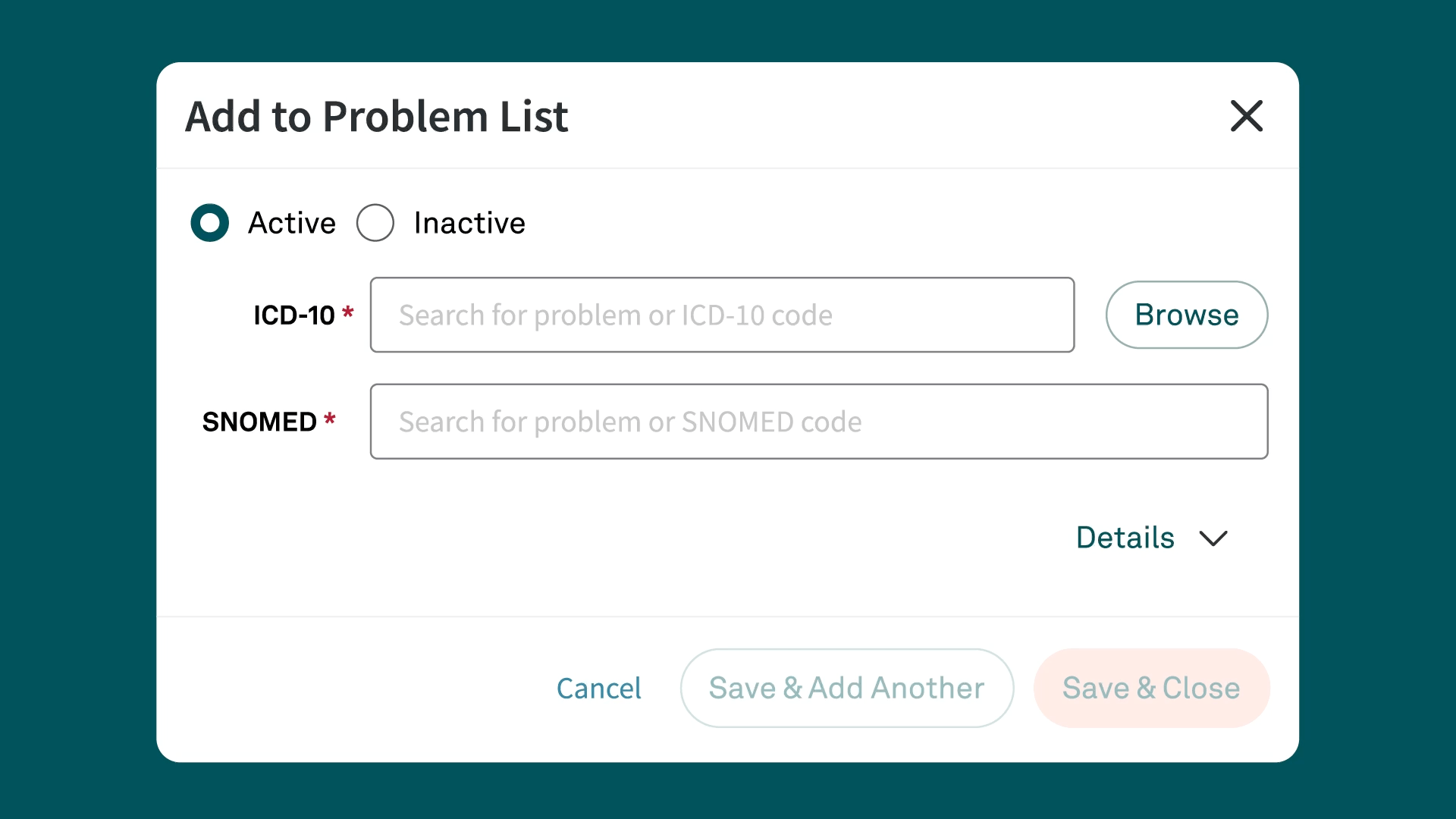What is the code N13.6?
ICD-10-CM code N13.6 refers to "pyonephrosis." This code is utilized in medical billing and coding to classify cases where hydronephrosis or urinary obstruction is present with infection — often indicating a severe infection that may require prompt medical intervention.
Detailed description of N13.6
Pyonephrosis is a condition characterized by the presence of pus in the renal pelvis and calyces, leading to an infected and often obstructed kidney. This condition typically arises as a complication of untreated or severe urinary tract infections (UTIs) or kidney stones. Pyonephrosis can lead to significant kidney damage if not addressed promptly, necessitating surgical intervention or drainage procedures to remove the pus and relieve obstruction.
Symptoms commonly associated with N13.6
Patients with pyonephrosis may exhibit various symptoms, which can include:
- Severe flank pain or tenderness
- Fever and chills
- Nausea and vomiting
- Dysuria (painful urination)
- Hematuria (blood in urine)
- Abdominal pain
It's important for healthcare providers to recognize these symptoms and link them to the appropriate ICD-10 code for effective treatment planning and insurance claims.
Related and similar ICD-10 codes
Several other ICD-10 codes may be relevant or similar to N13.6, including:
- N10: Acute pyelonephritis
- N11.0: Nonobstructive reflux-associated chronic pyelonephritis
- N11.1: Chronic obstructive pyelonephritis
- N20.0: Calculus of kidney
These codes help differentiate between various renal conditions that may present with similar symptoms but require different management strategies.
Appropriate usage and guidelines for N13.6
Code N13.6 may be assigned when the medical record documentation indicates hydronephrosis, hydroureter, or ureteral stricture accompanied by a urinary tract infection. It is not necessary for the provider to specifically document the term “pyonephrosis.”
Obstructive uropathy with infection is an inclusion term for this code, therefore infection is inherent to this condition and it is not appropriate to assign additional codes for urinary tract infection.
Common pitfalls in coding with N13.6
A common pitfall in coding pyonephrosis is confusing it with other renal conditions that may present similarly, such as pyelonephritis without coexisting hydronephrosis or hydronephrosis without coexisting infection. Accurate and complete documentation is essential for correct code assignment. Additionally, coders should ensure that an additional code is assigned to identify the bacterial agent responsible for the infection if known
Key resources for Pyonephrosis coding
For more detailed guidance on coding pyonephrosis and related renal conditions, healthcare providers and coders can refer to the following resources:
- ICD-10data.com
- CMS ICD-10 Codes
- Organizations like the American Health Information Management Association (AHIMA) and the American Academy of Professional Coders (AAPC) offer educational resources, certifications, and support for medical coding.
These resources offer comprehensive information and updates on ICD-10 coding practices, ensuring accurate documentation and billing.
Conclusion
ICD-10 code N13.6, or pyonephrosis, is the ICD-10-CM code used to classify obstructive uropathy with infection. Accurate coding requires careful consideration of symptoms, diagnostic results, and related conditions.
By understanding the nuances of this code, healthcare providers can improve patient care and ensure proper reimbursement. Utilizing available resources and adhering to coding guidelines can mitigate common pitfalls and enhance the accuracy of medical records.
Simplify ICD-10 code documentation with Tebra
Tebra’s EHR+ gives you quick searches and Systematized Nomenclature of Medicine (SNOMED) field names for efficient code documentation. Plus, Tebra automatically saves ICD-10 to SNOMED mapping for future searches, streamlining your workflow.

Discover how Tebra helps providers effortlessly document health-related issues and conditions in this detailed post.
Similar Codes
Stay Ahead with Expert Healthcare & Billing Insights
Get the latest industry updates, financial tips, and expert strategies — delivered straight to your inbox.



